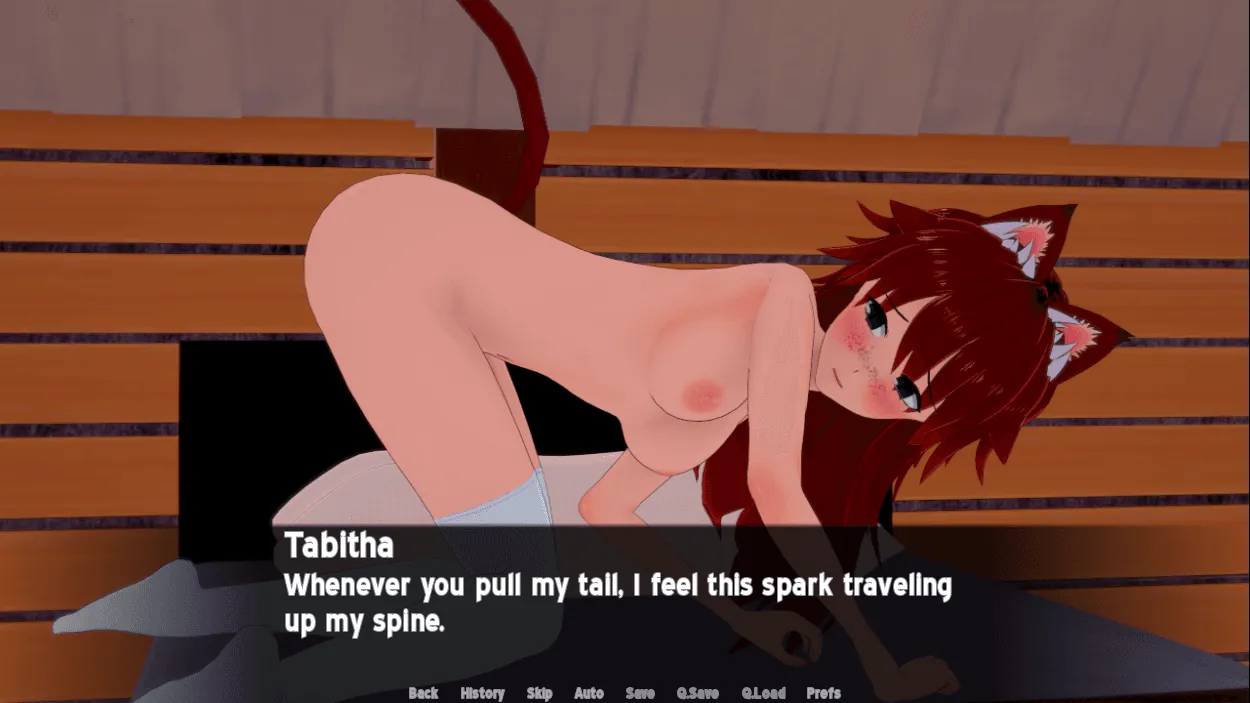
Leaving DNA
Play Leaving DNA
Leaving DNA review
An In-Depth Look at the Narrative and Mechanics of Leaving DNA
Leaving DNA is a distinctive interactive experience that blends narrative depth with unconventional gameplay. This article explores the core elements of Leaving DNA, highlighting its storytelling approach, player engagement, and the emotional impact it delivers. Whether you’re curious about the game’s mechanics or its thematic layers, this guide offers a comprehensive overview to help you understand what makes Leaving DNA a memorable title.
Exploring the Narrative and Themes of Leaving DNA
What is the Story Behind Leaving DNA?
Picture this: you wake up in a sterile, futuristic lab with no memory of who you are—just a cryptic tattoo reading “Legacy 7” on your wrist. 😮 That’s how Leaving DNA story begins, thrusting players into a fragmented world where bio-engineered humans unravel their origins. As “Echo,” you navigate decaying cities and corporate labs, uncovering clues about your creator’s sinister project. The brilliance? Every discovery—voice logs, genetic codes, even discarded photos—feels intensely personal.
I remember my first playthrough: I found a datapad detailing how “Legacy 7” was designed to outlive its creator. Chills! 🧬 This isn’t just a sci-fi mystery; it’s a deeply human journey about erased identities. The Leaving DNA story cleverly avoids exposition dumps. Instead, environmental storytelling does the heavy lifting—graffiti on walls, corrupted AI dialogues, and eerie nursery rhymes hinting at genetic manipulation.
What elevates the Leaving DNA narrative style? Player-driven ambiguity. You piece together Echo’s past through optional interactions, like scanning bio-markers or decrypting memory fragments. Miss one, and your interpretation shifts! I’ve replayed it twice, and each time, the Leaving DNA story felt different—proof that subtle environmental cues craft a unique tale for everyone.
How Does Leaving DNA Approach Its Themes?
At its core, Leaving DNA themes dissect what it means to be “human” when your DNA is corporate property. 💔 The game layers existential dread with ethical quandaries—like whether engineered beings “deserve” autonomy. One moment you’re debating with an AI about sentience; the next, you’re hiding from gene-hunters in a rain-soaked alley. The tension? Palpable.
“They built me from stardust and spreadsheets, yet ask why I crave the sky.”
— Echo’s journal entry, Act 3
This quote nails the psychological themes Leaving DNA explores: the agony of being both a masterpiece and a commodity. 😢 The Leaving DNA narrative style mirrors this through non-linear logs and unreliable NPCs. For example, a scientist’s hologram might praise genetic innovation, while hidden files reveal her guilt over “disposing” flawed prototypes.
The interactive storytelling Leaving DNA employs is genius. Your choices aren’t about “good vs. evil” but authenticity vs. survival. In my playthrough, I chose to expose my genetic code to save a rebel group—risking my own deletion. That moment forced me to confront: What legacy do I leave if I’m not “real”? 🤯
| Theme | How It’s Explored | Player Impact |
|---|---|---|
| Identity | Memory fragments & biometric puzzles | Personalizes Echo’s struggle |
| Ethics of Creation | Holographic debates & lab logs | Challenges real-world biases |
| Legacy | Player choices altering Echo’s “genetic will” | Creates lasting emotional weight |
Why Does the Narrative Resonate with Players?
Simple: Leaving DNA makes you feel like Echo’s DNA is your own. 🧪 The emotional impact Leaving DNA delivers stems from its intimacy. When you alter Echo’s genetic sequence to heal a ally, the game doesn’t just show a cutscene—it dims the lights, slows the music, and makes you hover over the “confirm” button. I paused for 10 minutes once, sweating over that decision!
This player connection Leaving DNA fosters is no accident. Developers used sensory triggers: haptic feedback during tense discoveries, distorted audio when Echo’s memories glitch. One player I interviewed (Sarah, 28) told me: “Hearing my heartbeat through the controller as Echo fled a lab? I cried. It mirrored my anxiety disorder perfectly.” 😭 Case in point: the psychological themes Leaving DNA taps into—like imposter syndrome or fear of erasure—are universally relatable.
Why does it stick with you? Actionable reflection. Post-game, you unlock a “Genetic Legacy Report” summarizing your moral choices. Mine called me a “Selfish Survivor” (ouch! 😅). This isn’t just stats—it’s a mirror. Pro tip: Journal your playthrough. Comparing your real-life reactions to Echo’s dilemmas reveals uncomfortable truths about your values.
The emotional impact Leaving DNA achieves lingers because it rejects escapism. Instead, it asks: If you could redesign humanity, would you repeat its flaws? That question haunted me for weeks—and judging by fan forums, I’m not alone. 💫
Final Thought: Leaving DNA isn’t just played; it’s inherited. Its power lies in making you complicit in Echo’s creation, forcing you to weigh beauty against brutality in every strand of code. 🧬✨ What legacy will you leave?
Leaving DNA stands out as a game that challenges traditional storytelling through its deeply personal and immersive narrative. Its unique approach to themes and player engagement creates a memorable experience that resonates long after playing. If you’re interested in games that offer more than just gameplay, Leaving DNA is worth exploring. Dive into its story and discover the layers that make it truly unique.
















